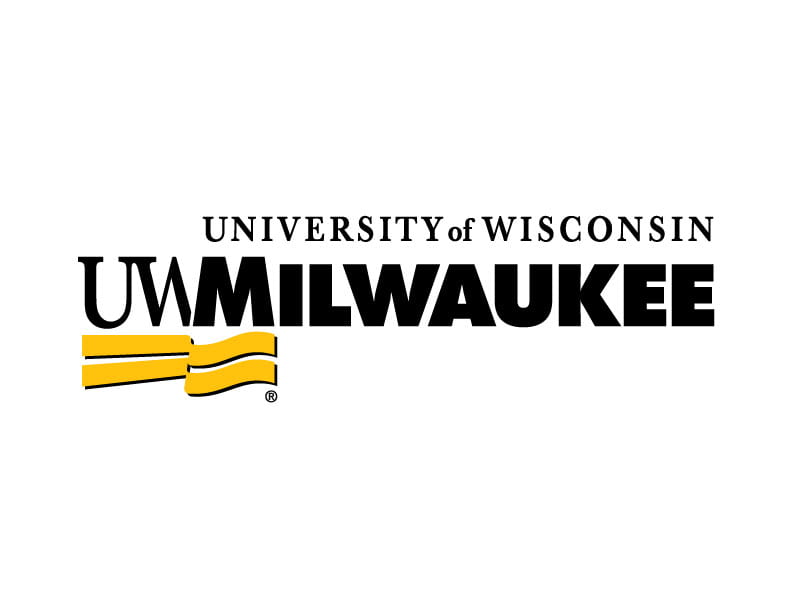The Experts Panel met with pubic health and wastewater professionals in three focus groups during November. The purpose of these discussions was to develop key insights into the promise and limitations of SARS-CoV-2 wastewater surveillance and communicate this information broadly in the public health and scientific community so adopters of this approach can learn from their collective experience.
Insights from local and state health departments
Uses of wastewater surveillance data
Public health departments are at varying stages in their usage of and trust in wastewater data. Some states and local health departments are regularly consulting wastewater data trends as an additional source of information in their pandemic responses. Centralized sampling (at wastewater treatment plants) generally serves as confirmatory data. Localized sample (e.g. in neighborhoods or facilities) can be actionable data
Examples of how the data are currently being used include:
- Identifying areas with increased case burden by evaluating trends in wastewater SARS-CoV-2 concentrations
- Improving data coverage in areas with known gaps in clinical testing, particularly for smaller outlying areas with limited clinical testing resources
- Improving data interpretation when behavioral factors confound clinical testing data (e.g. confirming case rate declines when clinical testing rates are also declining, or as an added metric in decision making such as closings or reopening schools)
Regardless of their current usage of wastewater data, many public health officials saw wastewater data as particularly beneficial in the future as a means of addressing limitations in current case data coverage related to at-risk populations and health coverage inequities. Wastewater was consistently discussed as a beneficial data source with respect to its relative independence from individual health-seeking behaviors which affect nearly all other public health data sources. A focus on wastewater monitoring in this context would therefore provide substantial immediate value to public health. Ideas of populations where this data would be particularly beneficial include:
- Urban sub-sewersheds characterized by low testing rates
- Rural communities with limited public health and clinical testing resources
- Specific high-risk communities, such as migrant worker camps, homeless shelters, or state prisons
For each of the above cases, it was stressed that identifying appropriate sampling sites could be challenging and requires collaboration between public works departments and public health agencies.
In particular, weighing the feasibility and benefits of sub-sewershed or facilities sampling is critical.
- Sub-sewershed sampling may be more useful data from a public health intervention perspective, but considering resource constraints, focusing on testing at treatment plants remains the priority
- For facility-targeted testing, there are simply too many to target, cannot be feasibly scaled to this level of coverage (e.g. single county could have ~100-500 skilled nursing / long-term care facilities)
- For vulnerable populations, clinical testing may be more effective
Confidence and communication
Local demonstrations of data utility were identified as critical for increasing local trust and willingness to use wastewater data. These demonstrations allow for faster buy-in by stakeholders who can help advance wastewater monitoring programs, such as local or state government officials. It is also critical that wastewater data be shown to provide something new to local health departments, i.e. an improvement over the data sources that are already available for public health decision-making. With limited resources in local health departments, simply demonstrating that wastewater data can be used as a parallel metric to existing data sources is not likely to increase buy-in by local public health officials.
Challenges and opportunities
Wastewater holds promise for providing a data source that is not influenced on clinical testing to or human behavior; however, lack of funding is cited as an obstacle to establishing programs.
Logistical issues are consistently identified as one of the greatest barriers to wastewater surveillance adoption. This includes a variety of factors, such as:
- Limited laboratory capacity. Wastewater laboratories typically do not have the appropriate equipment for qPCR/ddPCR detection of SARS-CoV-2. Public health laboratories may have the equipment, but lack the institutional knowledge of methods for working with wastewater samples. Commercial laboratory capacity for such testing remains very limited. Academic labs have stepped up to fill this gap, but are not a sustainable option for long-term programs.
- Lack of structural/organizational relationships. Most wastewater utilities and public health departments did not have existing functional relationships prior to the COVID-19 pandemic. Building these relationships during an active emergency response is a substantial challenge that can limit the efficiency of monitoring program start-up.
- Personnel limitations. Wastewater sampling can be particularly beneficial for coverage of remote areas with limited testing data; however collecting wastewater samples in these locations and transporting them to equipped laboratories in a timely fashion can be a significant challenge. For data interpretation, many public health departments are already overwhelmed with their other data collection and reporting requirements, leaving them with limited capacity to evaluate and integrate this data source into existing monitoring schemes.
These challenges all demonstrate that large-scale investment in structural and personnel resources will be critical for ensuring sustainable and beneficial integration of wastewater data into public health frameworks.



